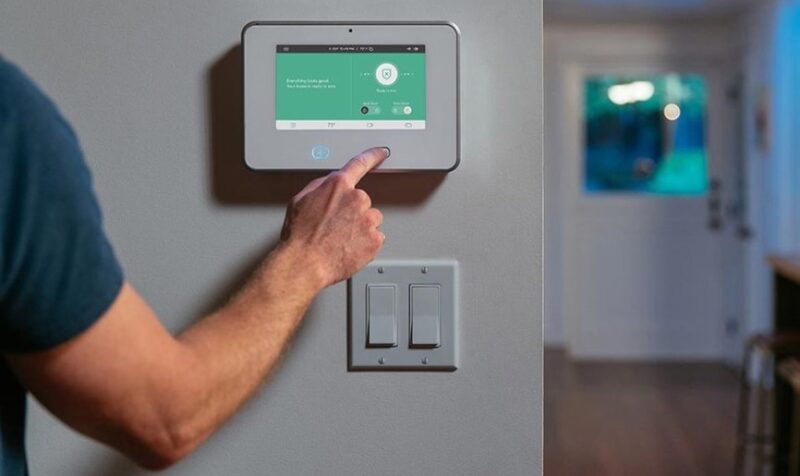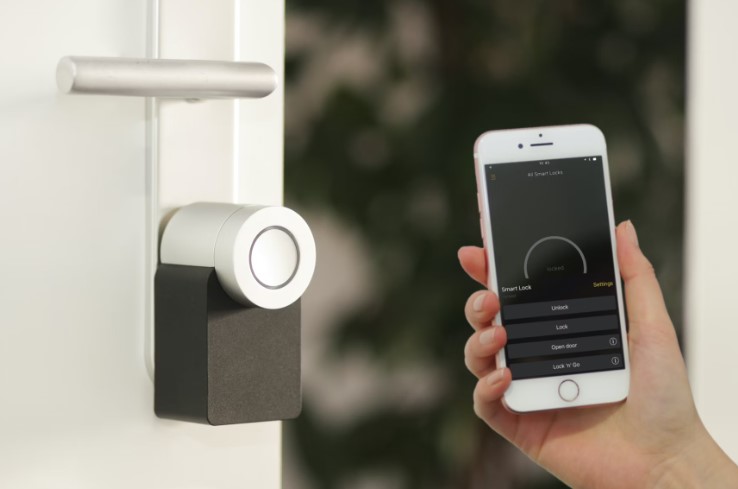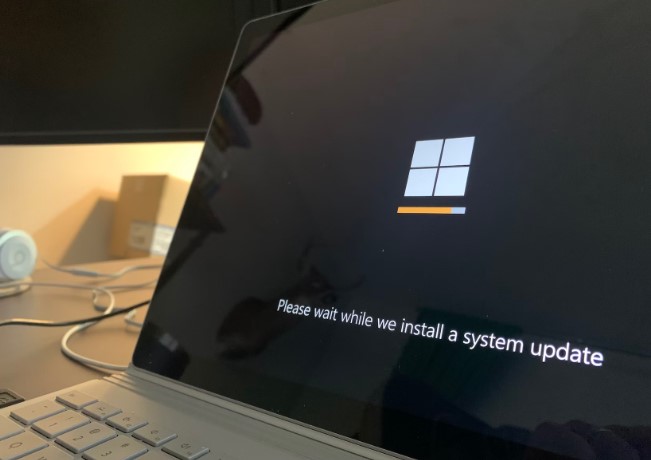The Internet of Things (IoT) is a technology in which uptake is rapidly gathering momentum; massive advancements in hardware technology, AI, and cloud computing have been the central catalysts in unleashing the full potential of IoT devices – a transformation that is evident across both the public and private sectors.
As we will discuss here, security is one of the areas where this uptake has been the most dramatic; IoT devices can be used to form integrated security solutions that provide comprehensive protection.
IoT In Security
The use of advanced technology has always been a notable aspect of the security industry. But even in such a “tech-savvy” sector, the rise in the integration of IoT devices marks a significant leap.
Integration is a keyword in security circles – it is certainly not a new concept to the industry. However, IoT devices push this to limits that were considered to exist only in the realm of sci-fi a few years ago.
IoT Enabled Security Devices
Just as the concept of integration is not new to the security industry, there are no great shocks on the hardware side either. Cameras, alarm systems, and sensors have been at the forefront of security systems for decades. Still, it is the integration of IoT that pushes the limits of what these devices can achieve:
- Surveillance Cameras: IoT enhances surveillance cameras by enabling real-time monitoring and remote control
- Alarm Systems: IoT-integrated alarm systems provide instant alerts and notifications, allowing for immediate response to security breaches
- Access Control Systems: IoT allows for remote management of access control systems
The scalability of IoT security systems is also a notable feature. For instance, it is possible to start with some cameras with license plate recognition technology and add other IoT hardware as required.
IoT Security: Enhanced Functionality
Integration is not new to security, nor is the hardware that we noted. So, just what does IoT bring to the table?
The bulk of its growing appeal is down to the enhanced functionality of IoT devices:
- Real-Time Monitoring: Instantaneous feedback and alerts for immediate action
- Automation: Automated security protocols enhance efficiency and reliability
- Remote Access Control: Control and monitor security systems from anywhere
Crucially, these attributes don’t just add to the overall effectiveness of security systems, but their overall efficiency can also reduce security overheads.
Practical Application and Considerations of IoT In Security
For the application of IoT in security to be effective, some forethought is required for it to perform as expected. Whilst it is tempting and certainly possible to integrate IoT devices into existing security infrastructure, the following considerations and practical aspects should be kept in mind:
- Choose the Right Devices: Ensure the selected IoT devices are compatible with the existing infrastructure and meet the specific security needs
- Scalability: Opt for IoT security systems that allow for easy expansion and upgrades as the business grows
- Ease of Integration: Prioritize systems that offer seamless integration, minimizing disruption and ensuring smooth operation
- Potential Challenges: Be prepared for potential challenges and ensure robust support and troubleshooting options are available
Spending a little time getting this stage of the process correct is essential if you want to unlock the full potential of IoT security devices.
One Door Shuts … The Importance of Cybersecurity
One potential downside is that IoT devices can open up vulnerabilities that cybercriminals can exploit. While aspects like cloud security are a concern, a sensible approach to cybersecurity can mitigate the risk.
Among the measures to take are:
- Regular Software Updates: Ensure all devices are running the latest software versions to mitigate vulnerabilities
- Strong Authentication and Encryption: Implement multi-factor authentication for accessing IoT devices and don’t forget the part played by encryption in digital security
- Network Segmentation: Separate IoT devices from the main network to limit the impact of potential breaches
- Continuous Monitoring: Regularly monitor the systems for any unusual activities or vulnerabilities
The trick here is to make sure that when one door closes, the other follows suit. The integration of IoT devices may necessitate additional cybersecurity measures, but with a vigilant and proactive approach, businesses can ensure comprehensive protection.
IoT: It’s A Security Thing
It seems that IoT is finally having its day; the rapid development of its underlying technologies has finally seen IoT begin to realize its full potential. From smart cameras to cloud-connected sensors, IoT devices can be easily integrated to create comprehensive and efficient security solutions.
Security in the modern era? It’s an IoT thing!







